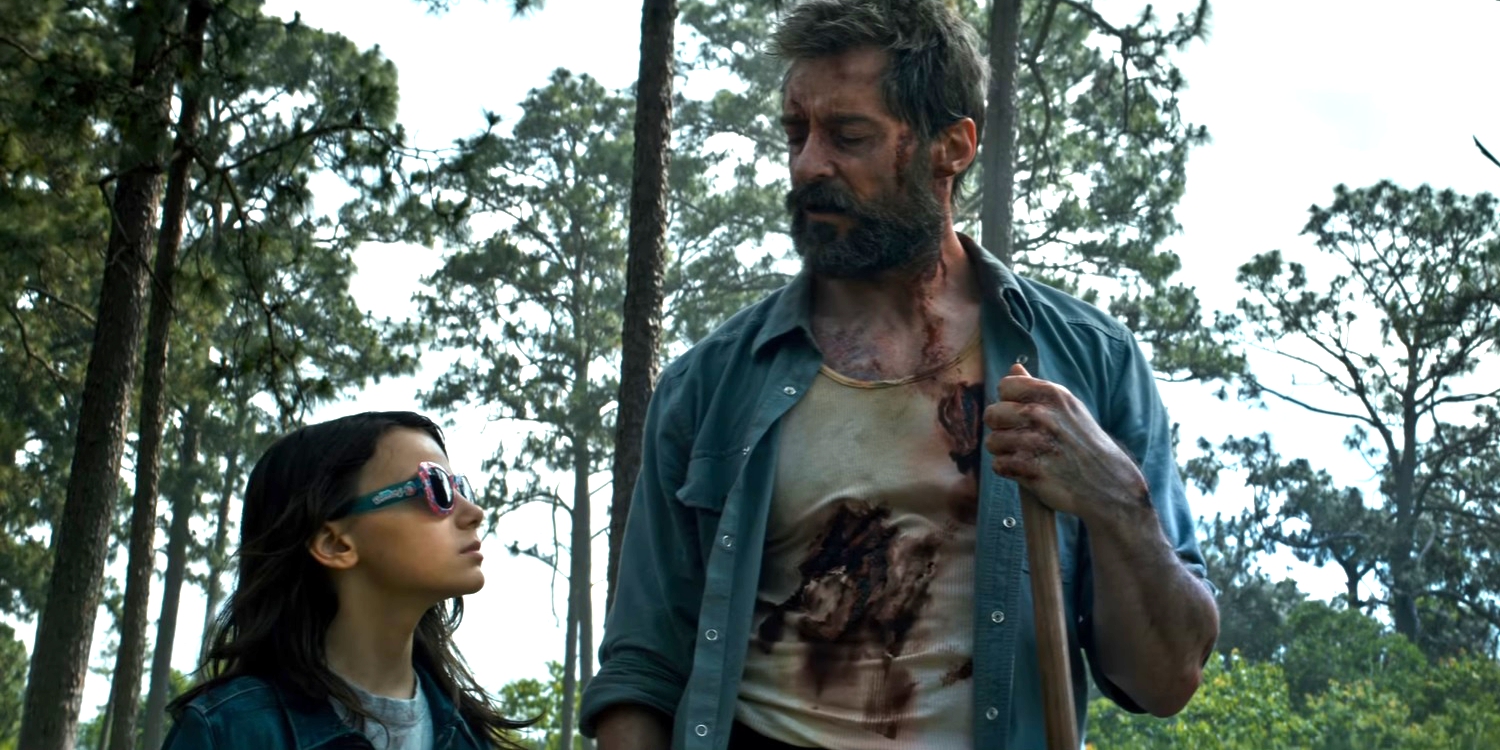Latest superhero film featuring Wolverine is a worthy end to the story
Only a few moments into Logan, our protagonist is met with a confrontation. As the last installment to be included in the Wolverine saga, I felt the battle would be somewhat predictable. Perhaps the grizzled hero would swipe his claws across the villains’ chests or throw them around. What happened instead was surprising. Logan begins with a brutal and extremely violent fight sequence that is worthy of the film’s R rating. This battle sets the tone for the rest of the movie and reminds the audience that this is a dark movie, peppered with lighthearted moments to create strong contrast. In other words, Logan is a different Marvel movie.
The plot is not Logan’s strongest point—it essentially boils down to a ‘get from X to Y’ process. However, as is the case with many stories, it’s not so much about the destination but the journey itself. Loosely-based on the comic book series Old Man Logan, the film takes place in the future of the X-Men universe, when mutants have seemingly gone extinct. Logan, played by Hugh Jackman for the last time, is tasked with keeping a younger mutant, Laura (Dafne Keen), safe.
Along for the ride is series-veteran Professor Xavier (Patrick Stewart) who has deteriorated into a much weaker version of himself. Surprisingly, Professor X winds up providing the narrative with much needed-levity through his brash and vulgar interactions with Logan.
My biggest complaint, if any, is that the relationship between Logan and Laura felt underdeveloped. There are plenty of interactions between the two, all of which are performed excellently. However, by the time these interactions begin to feel truly meaningful, the film rushes to a close. Ultimately, the audience is left wanting more from an already lengthy film of two hours and 17 minutes.
Compared to other Marvel films, the action in this film is unparalleled. The fights are more akin to those in Deadpool, which focus strongly on brutality and gore. This works well with the darker tones of the story, and had me wincing and cringing as the beloved steel-clawed mutant hacked off limbs and impaled heads with his signature claws. This may point to Marvel’s acknowledgment of an older fanbase. With the success of Deadpool, it seems Marvel is willing to pursue the R-rating by tackling bloodier scenes and harsher themes such as mortality and aging.
In the end, Logan is a worthy send off for both the character and Hugh Jackman. All loose ends are tied up, and the conclusion is both satisfying and incredibly powerful. If there were to be a Marvel film to reinvigorate the now-tired superhero genre, this would absolutely be it.
4.5/5
